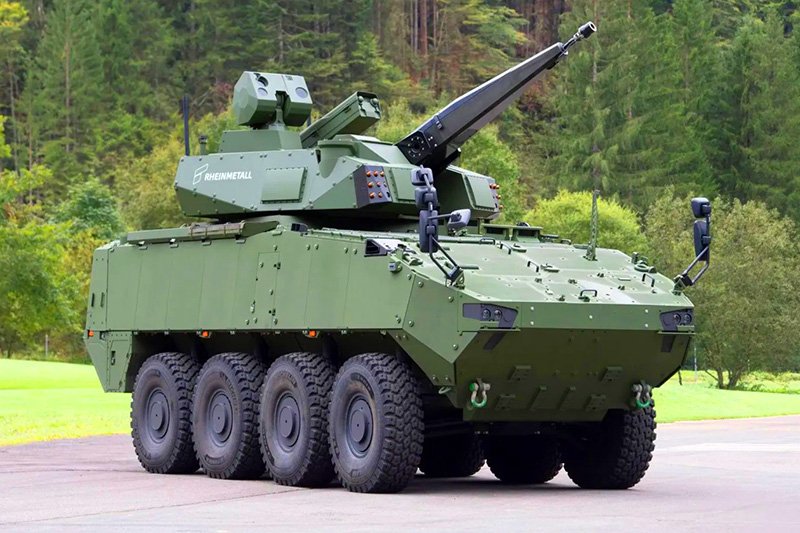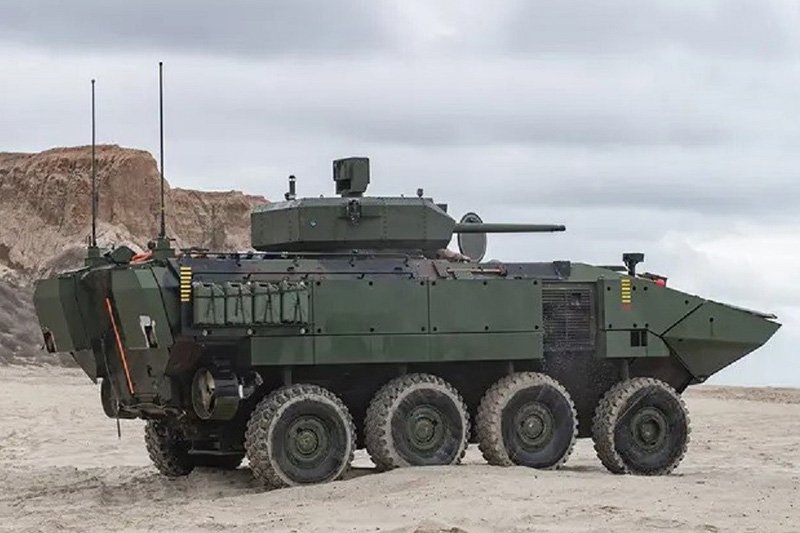Akıncı Drone Successfully Launches The UAV-230 Ballistic Missile
Turkiye’s Akinci Unmanned Combat Aerial Vehicle (UCAV) has successfully demonstrated its capability to launch UAV-230 ballistic supersonic missiles. This groundbreaking test showcased the drone’s ability to strike targets with remarkable precision at distances up to 155 kilometers, marking a new chapter in unmanned aerial warfare capabilities.
Technical Achievement and Missile Specifications
The UAV-230 missile, developed by Turkish defense contractor Roketsan, represents a significant advancement in air to surface missile technology. With an operational range spanning from 20 to 150 kilometers, this tactical missile system enables the Akinci UCAV to engage targets while remaining safely outside enemy air defense perimeters. The successful integration of these missiles makes the Akinci the only unmanned aerial vehicle globally capable of deploying such long-range ballistic missiles.
Enhanced Performance Through Innovation
Recent modifications to the UAV-230 missile system have significantly improved its combat effectiveness. Engineers focused on enhancing the missile’s aerodynamic properties through tail section refinements and upgraded front control surfaces. These technical improvements have resulted in superior stabilization and increased operational reliability, ensuring more precise target engagement capabilities.
Strategic Edge
This technological breakthrough positions Turkey among an elite group of nations possessing advanced drone-based missile strike capabilities. The Akinci UCAV’s ability to launch ballistic missiles represents a significant tactical advantage, offering new options for military planners in various operational scenarios. The system’s capacity to conduct precision strikes from standoff distances provides a crucial strategic edge while minimizing risks to the platform.
Operational Versatility
The integration of the UAV-230 missile system with the Akinci UCAV creates a versatile platform suitable for various military operations. From counter-terrorism missions to conventional warfare scenarios, this combination offers commanders flexible response options while maintaining operational security. The ability to conduct precision strikes from beyond enemy air defense ranges significantly enhances the platform’s survivability and operational effectiveness.
Future Implications for Drone Warfare
This successful test demonstrates the evolving capabilities of unmanned combat systems and their growing importance in modern military operations. The achievement not only showcases Turkey’s advancing defense technology sector but also signals a shift in how unmanned systems might be employed in future conflicts. The combination of long-range precision strike capabilities with unmanned platforms represents a significant evolution in military technology.
Also read this: Turkish Aerospace Delivers First Gokbey Helicopter
International Market Impact
The successful demonstration of these advanced capabilities is likely to increase international interest in Turkish military technology. The Akinci UCAV’s proven ability to deploy ballistic missiles effectively could influence global defense procurement decisions and potentially reshape the international drone market landscape.
This milestone in drone warfare technology underscores Turkey’s growing prominence in military aviation and unmanned systems development. As these technologies continue to evolve, the integration of ballistic missile capabilities with unmanned platforms may become an increasingly important factor in military planning and strategy development.
Keep connected with us at Facebook, Twitter, YouTube, Instagram & TikTok for the latest defense happenings around the globe.












